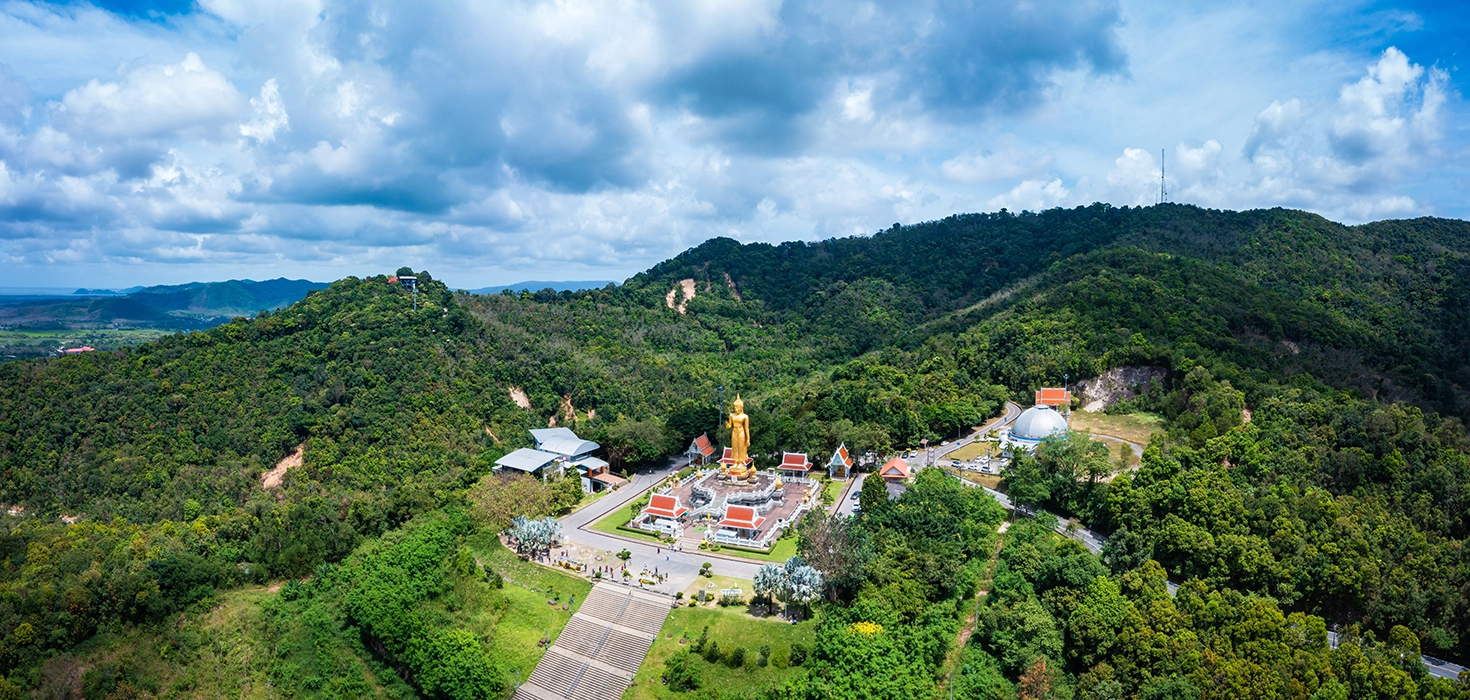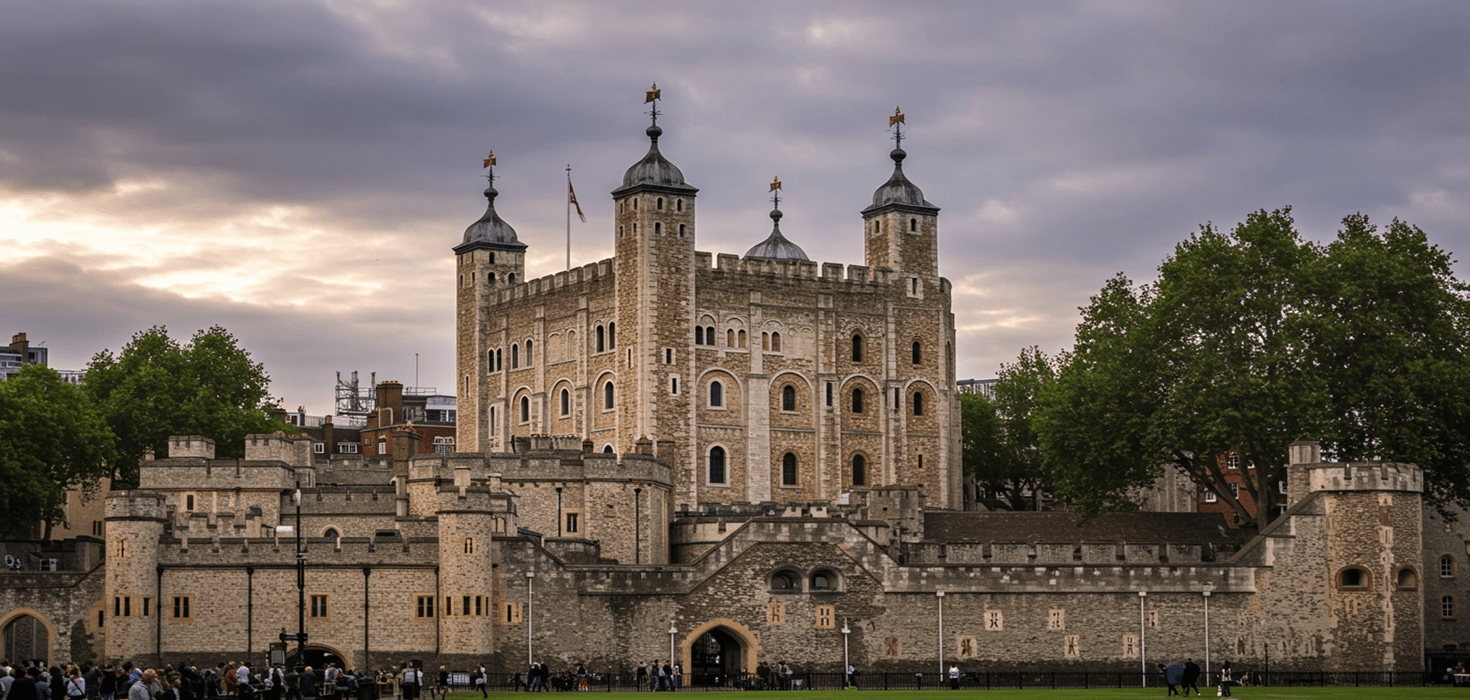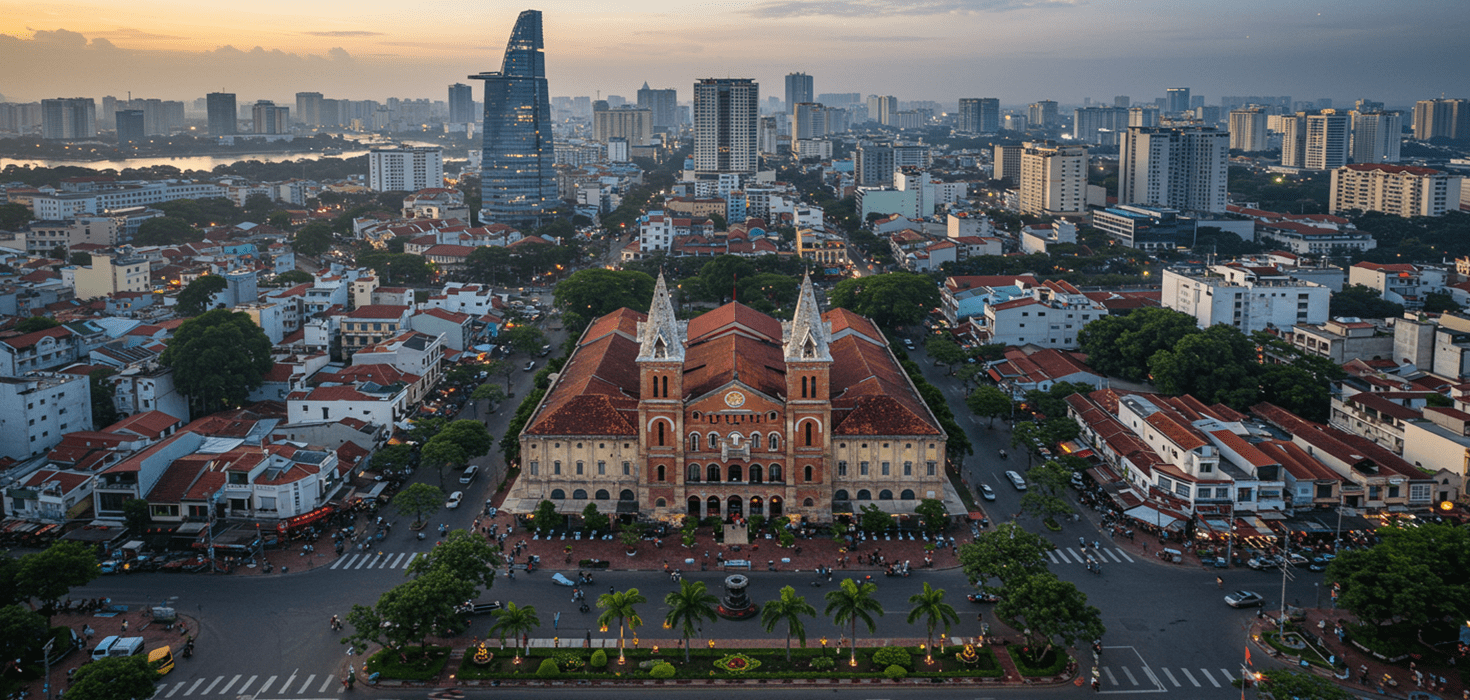Welcome to Sarnath: A Treasure of Buddhist Heritage
Nestled just a stone’s throw from the bustling city of Varanasi, Sarnath is a serene oasis steeped in spirituality and history. This enchanting town is not only a significant Buddhist pilgrimage site but also a treasure trove of ancient relics and monuments. Visitors flock here to pay homage to the very spot where Buddha delivered his first sermon after attaining enlightenment. As you stroll through the sacred grounds, the iconic Pillar of Peace stands tall, inviting you to explore its rich historical significance and architectural beauty. With its deep-rooted Buddhist heritage and tranquil ambiance, Sarnath tourism offers an experience that resonates with both the heart and soul.
Discovering the Pillar of Peace: A Symbol of Tranquility
As you step into Sarnath, the first thing that captures your attention is the magnificent Pillar of Peace, also known as the Ashoka Pillar. Erected by Emperor Ashoka in the 3rd century BCE, this stunning structure is a marvel of ancient Indian architecture. Standing at a towering height of 50 feet, it is adorned with intricate carvings of animals, including the majestic lion, which has become an enduring symbol of India.
The Pillar of Peace is more than just a stunning piece of architecture; it serves as a poignant reminder of Ashoka’s commitment to spreading the message of peace and non-violence. This monument is not only a testament to the architectural prowess of its time but also an emblem of the principles of Buddhism. Here, you can feel the serenity that envelops the area, inviting visitors to reflect and meditate amidst its historical grandeur.
For those looking to capture the essence of Sarnath, the Pillar of Peace is a must-see. It’s a perfect spot for photography enthusiasts and spiritual seekers alike. As you stand before this ancient pillar, take a moment to appreciate its role as a monument of peace and its deep connection to Buddhism. If you’re feeling inspired, check out our article on how to Unleash Your Creativity with the Pillar of Ashoka for some artistic inspiration!
Sarnath’s Rich Historical Tapestry: Where Buddha Spoke
Stepping into Sarnath is like walking through the pages of history. This sacred site holds immense significance as the place where Buddha delivered his first sermon, known as the Dhammacakkappavattana Sutta. It was here, in the lush gardens of Deer Park, that he shared the profound teachings of the Four Noble Truths and the Eightfold Path, laying the foundation for Buddhism as we know it today.
The archaeological significance of Sarnath is immense, with remnants of ancient stupas, monasteries, and viharas scattered throughout the area. The Dhamek Stupa, a colossal structure built in the 5th century, stands as a prominent landmark, drawing visitors from around the globe. As you explore the site, you’ll encounter the ruins of ancient monasteries, each telling a story of the past and the spiritual seekers who once walked these hallowed grounds.
For history buffs and spiritual seekers, Sarnath offers a treasure trove of ancient history waiting to be uncovered. The serene atmosphere enhances the experience, allowing you to connect with the teachings of Buddha on a deeper level. To learn more about this pivotal moment in Buddhist history, don’t miss our guide on Explore Sarnath: Where Buddha Delivered His First Sermon.
Key Attractions: Must-See Sights in Sarnath
While the Pillar of Peace and the historical significance of Sarnath are undeniable, there’s so much more to explore! The Sarnath Museum, housing an impressive collection of ancient artifacts, is a treasure trove for anyone interested in Buddhist art and history. Here, you can marvel at the exquisite sculptures of Buddha and other relics that date back to the Mauryan period.
Don’t forget to visit the various stupas and temples scattered throughout the area. The Mulagandhakuti Vihara, a modern temple built in the 20th century, is a serene place for meditation and reflection. Its beautiful gardens provide a peaceful escape, making it an ideal spot to unwind after a day of exploration.
Each site in Sarnath offers a unique glimpse into the architectural styles of different eras, showcasing the evolution of Buddhist architecture over centuries. Whether you’re wandering through ancient ruins or soaking in the tranquil ambiance of the temples, Sarnath is a feast for the senses. For a comprehensive list of places to visit, check out our guide on Places to Visit in Sarnath.
Cultural Experiences: Engaging with Sarnath’s Heritage
Immerse yourself in the rich tapestry of local traditions and cultural practices that make Sarnath a unique destination. This town is not just about its historical monuments; it’s a living, breathing hub of spirituality and community life. As you wander through the streets, you’ll find friendly locals eager to share their stories and customs.
One of the best ways to engage with Sarnath’s culture is by participating in local festivals. The Buddha Purnima celebration is a sight to behold, drawing visitors from all over the world. The atmosphere is electric as devotees gather to commemorate the birth, enlightenment, and death of Buddha. Colorful processions, chanting, and offerings create a vibrant scene that truly showcases the spirit of Sarnath.
Another cultural gem is the local cuisine. Don’t miss the chance to savor traditional dishes like kachori and chole bhature at local eateries. The flavors are rich and authentic, providing a delightful culinary experience that complements your spiritual journey. For a taste of local life, visit the bustling markets, where you can find everything from handcrafted souvenirs to delicious street food.
For more on Sarnath’s culture and local delights, check out our guide on Discover Sarnath: History, Culture & Local Delights.
A Day in Sarnath: Detailed Travel Itinerary
Ready to make the most of your visit? Here’s a suggested itinerary to help you explore the best of Sarnath in just one day!
Morning: Spiritual Awakening
Start your day early with a visit to the Dhamek Stupa. Arrive around 7 AM to avoid the crowds and soak in the serene atmosphere. This ancient stupa is a perfect place for meditation and reflection. Spend some time walking around the site, appreciating the intricate carvings and the peaceful surroundings.
Mid-Morning: Museum Marvels
Next, head to the Sarnath Museum, which opens at 9 AM. Here, you’ll find an impressive collection of Buddhist artifacts, including sculptures and relics that tell the story of Buddhism’s evolution. Allocate about an hour to explore the exhibits, and don’t forget to check out the famous Lion Capital of Ashoka, a UNESCO World Heritage Site.
Lunch: Local Flavors
After a morning of exploration, it’s time to refuel! Head to one of the local eateries for a delicious lunch. Try some authentic Indian dishes, and don’t miss out on the sweet treats like gulab jamun or jalebi for dessert.
Afternoon: Cultural Immersion
Post-lunch, visit the Mulagandhakuti Vihara, a modern temple that offers a tranquil setting for meditation. Spend some quiet time here, and if you’re lucky, you might witness a local monk conducting a prayer session.
Next, explore the various stupas and ruins in the area, each with its own story to tell. The Chaukhandi Stupa is a must-see, with its unique architecture and historical significance as the site where Buddha met his first disciples.
Evening: Sunset Reflections
As the day winds down, make your way back to the Pillar of Peace. The setting sun casts a beautiful glow over this iconic monument, providing the perfect backdrop for reflection and photography. Take a moment to appreciate the serenity of the area as you reflect on your day.
For more travel tips and highlights, don’t forget to check out our guide on Discover Sarnath: Distance, Highlights & Local Delights.
Culinary Deep Dive: Savoring Sarnath’s Local Cuisine
Food is an integral part of any travel experience, and Sarnath is no exception! The local cuisine is a delightful mix of flavors that will tantalize your taste buds. From spicy street food to hearty meals, there’s something for everyone.
Start your culinary adventure with street food. The stalls near the Sarnath Museum offer delicious snacks like pani puri and bhel puri. These bite-sized treats are bursting with flavor and are a favorite among locals and tourists alike. Pair them with a refreshing glass of lassi, a traditional yogurt drink, to cool down.
For a sit-down meal, consider visiting Vihar Restaurant, known for its vegetarian dishes that showcase the best of Indian cuisine. Don’t miss the paneer butter masala and dal makhani, served with fresh naan or rice.
For dessert, indulge in some local sweets like barfi or kheer. These treats are perfect for satisfying your sweet tooth after a day of exploration. For more dining options and to experience the flavors of Sarnath, check out our article on Experience Serenity at Pillar Sarnath Temple.
Festivals and Events: Celebrating Culture and Spirituality
Sarnath’s calendar is filled with vibrant festivals that reflect the town’s rich cultural heritage. These celebrations offer a unique opportunity to witness the local way of life and connect with the community.
One of the most significant events is Buddha Purnima, celebrated in April or May, depending on the lunar calendar. This festival commemorates the birth, enlightenment, and death of Buddha. The atmosphere is electric, with processions, prayers, and cultural performances that draw visitors from all over the world.
Another important festival is Magha Purnima, which usually takes place in January or February. This day holds special significance for Buddhists as it marks the gathering of Buddha’s first disciples. Pilgrims flock to Sarnath to participate in rituals and prayers, creating a sense of unity and spirituality.
Participating in these festivals not only enriches your travel experience but also allows you to connect with the local community on a deeper level. For more insights into Sarnath’s cultural heritage, check out our guide on Discover Sarnath in Varanasi.
Practical Information for Travelers: Tips and Insights
Before you set off on your Sarnath adventure, here are some practical tips to enhance your visit!
Opening Hours: Most attractions in Sarnath, including the Sarnath Museum and stupas, are open from 9 AM to 5 PM. Plan your visit accordingly to make the most of your time.
Transportation: Sarnath is easily accessible from Varanasi, just a short drive away. Auto-rickshaws and taxis are readily available, making it convenient to explore the area. If you’re feeling adventurous, consider renting a bicycle to enjoy a leisurely ride through the serene landscapes.
Etiquette: As a spiritual site, it’s important to dress modestly and respect local customs. Always ask for permission before photographing people, especially monks and locals engaged in prayer.
For more detailed visitor information, check out our guide on Where is Sarnath Located for Buddha Purnima?.
Embracing Nature: Outdoor Activities and Eco-Tourism
For those who love the outdoors, Sarnath offers plenty of opportunities to connect with nature. The area surrounding the monuments is dotted with lush greenery, making it an ideal spot for leisurely walks and photography.
Consider taking a nature walk through the gardens surrounding the Dhamek Stupa. The tranquil environment allows you to reflect on your experiences while enjoying the beauty of the landscape. Birdwatching is also a popular activity, with various species found in the area.
If you’re interested in eco-tourism, look for guided tours that focus on sustainable practices and local wildlife. These tours not only enhance your experience but also contribute to the preservation of the environment.
For more information on outdoor activities, check out our guide on Explore Sarnath: Birthplace of Buddhism.
Safety and Health Guidelines: Enjoying a Secure Visit
Your safety and well-being are paramount while exploring Sarnath. Here are some tips to ensure a secure and enjoyable visit:
Stay Hydrated: The weather can get quite warm, especially during the summer months. Carry a water bottle and stay hydrated as you explore the sites.
Health Precautions: If you’re traveling during the monsoon season, be cautious of slippery paths and be sure to wear appropriate footwear. It’s also wise to carry basic first-aid supplies for minor injuries.
Respect Local Customs: As a visitor to a spiritual site, it’s important to be respectful of local customs and traditions. Observing silence in prayer areas and dressing conservatively will enhance your experience.
Commonly Asked Questions (FAQs): Your Queries Answered
What is the best time to visit Sarnath? The best time is during the cooler months from October to March when the weather is pleasant for sightseeing.
Are there guided tours available? Yes, various guided tours are available that cover major attractions in Sarnath, providing insights into its history and culture.
Is Sarnath safe for solo travelers? Absolutely! Sarnath is generally safe for solo travelers, but it’s always good to stay aware of your surroundings and follow local guidelines.
Fun Facts About Sarnath: Discovering Hidden Treasures
Did you know that Sarnath is home to the world’s tallest stone pillar? The Pillar of Peace not only symbolizes peace but is also a remarkable feat of ancient engineering. The intricate carvings on the pillar tell stories from Buddhist teachings, making it a fascinating subject for art and history enthusiasts.
Another interesting fact is that Sarnath was once a thriving center of learning and scholarship. The ancient monasteries attracted scholars from various parts of the world, making it a melting pot of ideas and philosophies.
For more fun facts and to deepen your knowledge about Sarnath, keep reading our travel guides!









